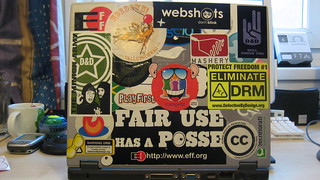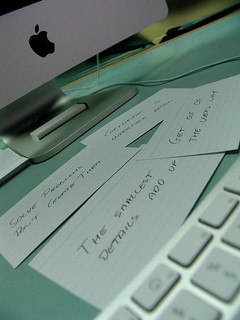
Speakers: Carol J. Cramer & Derrik Hiatt
They did an analysis of their circulating print collection to see what areas or books would have the equivalent uses to trigger a purchase if it were electronic. Only 2% of their entire circulating collection met the trigger point to where it would be more cost effective to purchase than to go with a short term loan option.
They announced the DDA trial, but deliberately did not tell the users that it would incur cost, just that it was there. They would pay short term loans up to the sixth use, and then they would purchase the title. The year of usage gave them an idea of what adjustments needed to be made to the trigger point. Eventually, the cost flattens out at the sixth use, and the difference between continuing to pay STLs and buying the book is small.
They were able to identify if the triggered purchase book was used by a single person (repeatedly), by a class (several people), or a mix of both, and it was split in almost even thirds.
They determined that 6 was a good trigger. The STL cost ended up being an average of 10.5% of the list cost. DDA doesn’t have to break the bank, and was lower than expected. The number of titles in the catalog didn’t have as much to do with the amount spent as the FTE. It also lead to questioning the value of firm ordering ebooks rather than letting DDA cover it
However, this is only 11 months of data, and more longitudinal studies are needed.
Speaker: Lea Currie
They loaded records for slip books, and then the users have the option to request them at various levels of speed. The users are notified when the print book arrives, and the full MARC record is not loaded until the book is returned.
They saved quit a bit of money per month using this method, and 88% of the titles purchased circulated. Only about 75% of their ILL titles will circulate, to put that into perspective.
Of course, librarians still had some concerns. First, the library catalog is not an adequate tool for discovering titles. Faculty were concerned about individuals doing massive requests for personal research topics. Also, faculty do not want to be selectors for the libraries. [ORLY? They want the books they want when they want them — how is that different?]
The next DDA project was for ebooks, using the typical trigger points. They convinced the Social Science and Sci/Tech librarians to put a price cap for DDA titles. Up to a certain price, the book would be included in the approval plan, between a range it would go in DDA, and then above that range it would require the librarian’s approval. These were written into their YBP profile.
For the pDDA, they discovered that as the books aged, it was harder to do rush orders since they were going out of print. They also modified their language to indicate that the books may not be available if they are out of print.
They have not done DDA for humanities or area studies. They based their decisions on the YBP profile on retrospective reports, which allowed them to get an idea of the average cost.
For FY12, they expect that the breakdown will be 23% eDDA, 50% pDDA, 20% approval, and 7% selected by subject bibliographers. They’ve also given the subject librarians the options to review the automatic approval ebooks — they have a week to reject or shift to DDA each title if they want. They can also shift the expensive titles to DDA if they want to see if anyone would use it before choosing to purchase it.
Questions:
Are you putting the records in your discovery service if you have one, and can you tell if the uses are coming from that or your catalog? Not yet. Implementing a discovery service. Some find resources through Google Scholar.



